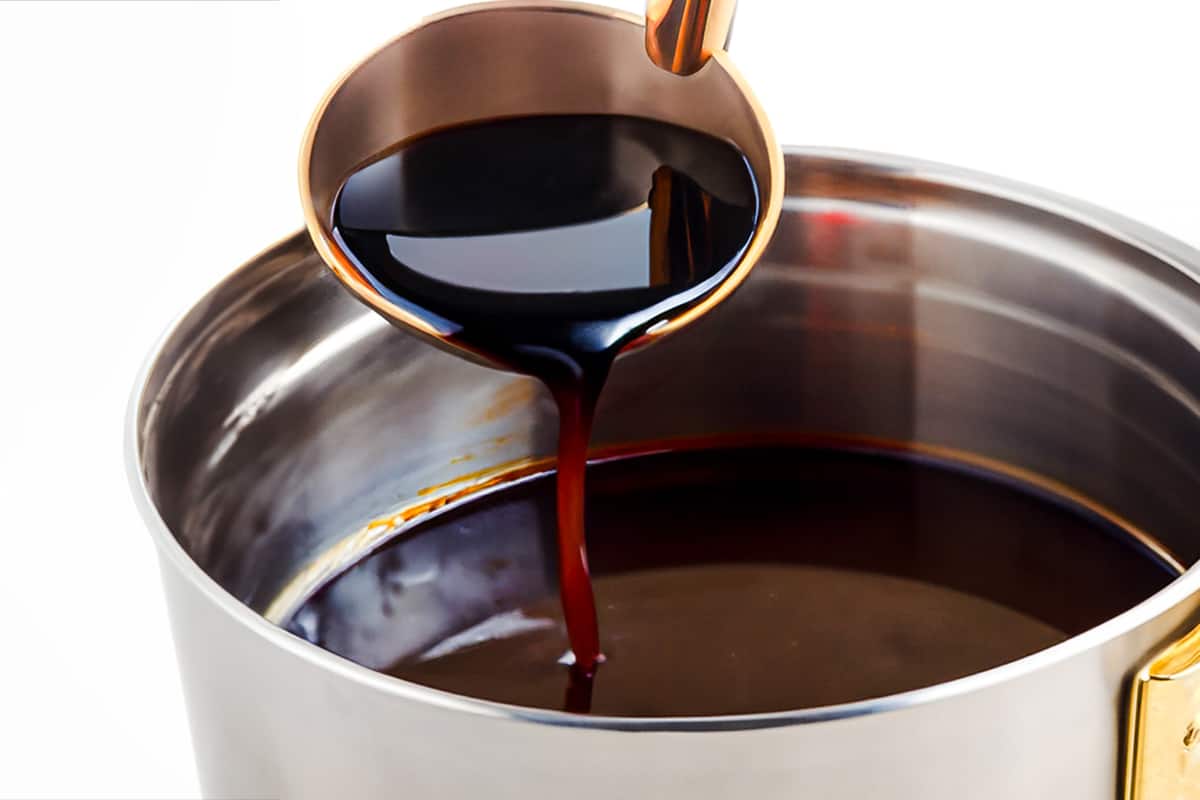
This site runs ads and generates income from affiliate links. Read my disclosure policy.
Savor this homemade Red Wine Sauce recipe. A luscious blend of red wine, garlic, shallots, and butter that’s perfect for meats and pasta!
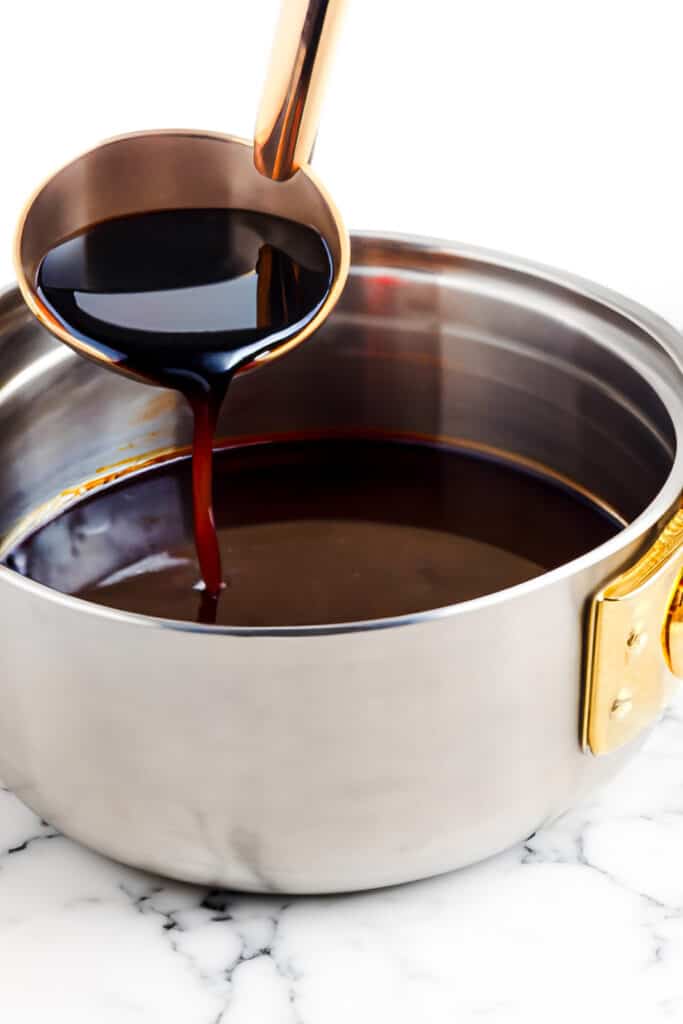
Dive into the rich, tantalizing flavors of our Amazing Red Wine Sauce. This recipe, inspired by the culinary finesse of French cuisine, turns basic elements into a gastronomic delight. A hearty splash of fine red wine infused with aromatic ingredients and a hint of balsamic vinegar crafts a velvety, opulent sauce. This sauce becomes a game-changer, elevating the simplest of dishes like Pan Fried Steak or Seared Pork Chops and adding an extra dimension to lavish entrées like Boneless Prime Rib, or Grilled Filet Mignon. Let’s embark on this culinary journey!
Why This Recipe Works
- The red wine adds a rich, complex flavor that deepens as it simmers, making it the star of this sauce.
- Garlic and shallots contribute a hint of sweetness and aromatic charm, enhancing the overall depth of this sauce.
- The addition of balsamic vinegar gives this sauce a sublime tangy note, perfectly complementing the other flavors.
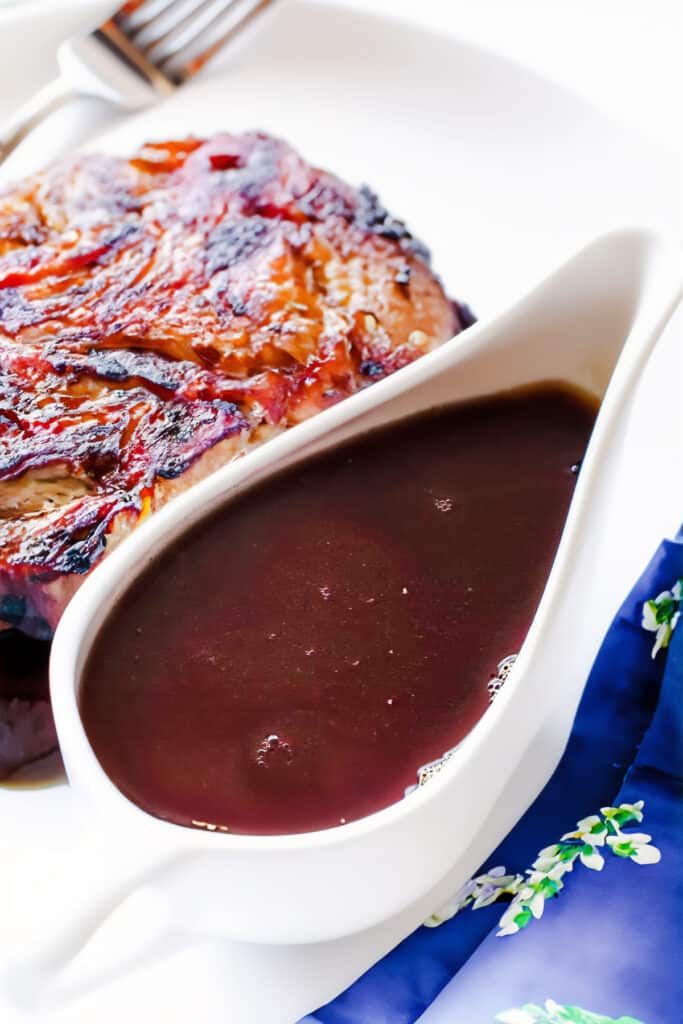
Ingredient Notes
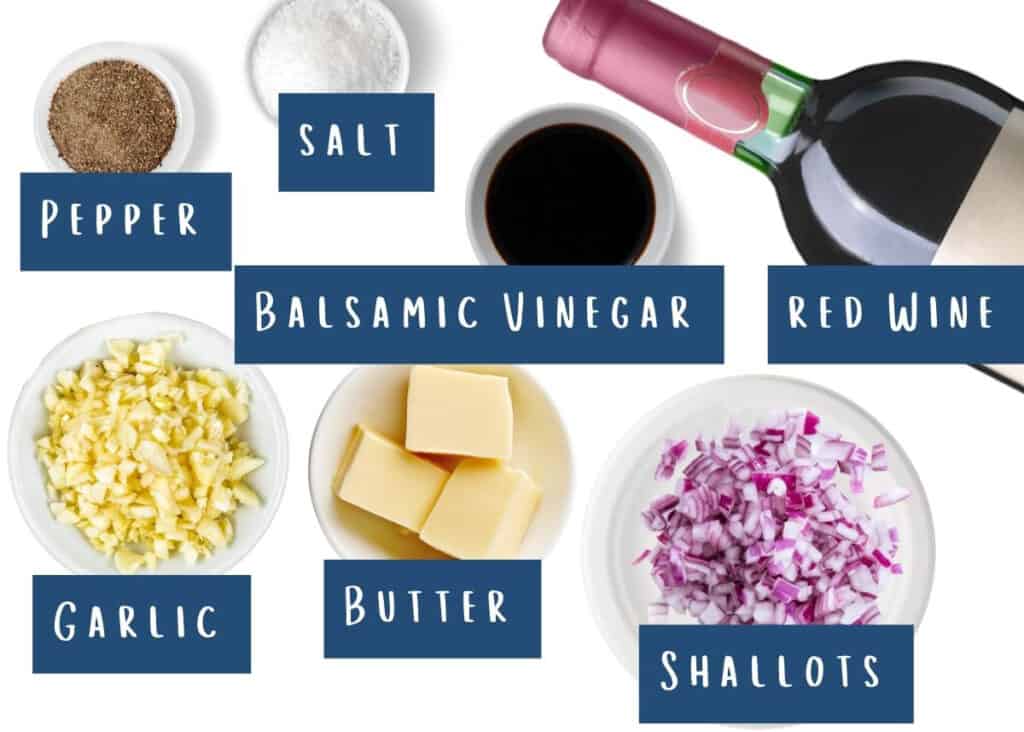
- Red Wine: Opt for a full-bodied wine such as Cabernet Sauvignon or Merlot. Avoid using cooking wine. An inexpensive but good-quality drinking wine works best. Substitute with grape juice for a non-alcoholic version.
- Garlic: Fresh cloves are the best choice. Garlic powder or jarred minced garlic can be used in a pinch.
- Shallots: Fresh shallots bring the best flavor. Substitute with red or yellow onions if necessary.
- Salt and Pepper: Use kosher or sea salt and freshly ground pepper for the best flavor.
- Unsalted Butter: It’s important to use unsalted to control the sauce’s saltiness. If only salted butter is available, adjust the salt quantity in the recipe.
- Balsamic Vinegar: Good-quality balsamic vinegar adds a tangy touch. It can be found in the condiment aisle of your grocery store. Substitute with red wine vinegar if needed.
Selecting The Right Red Wine
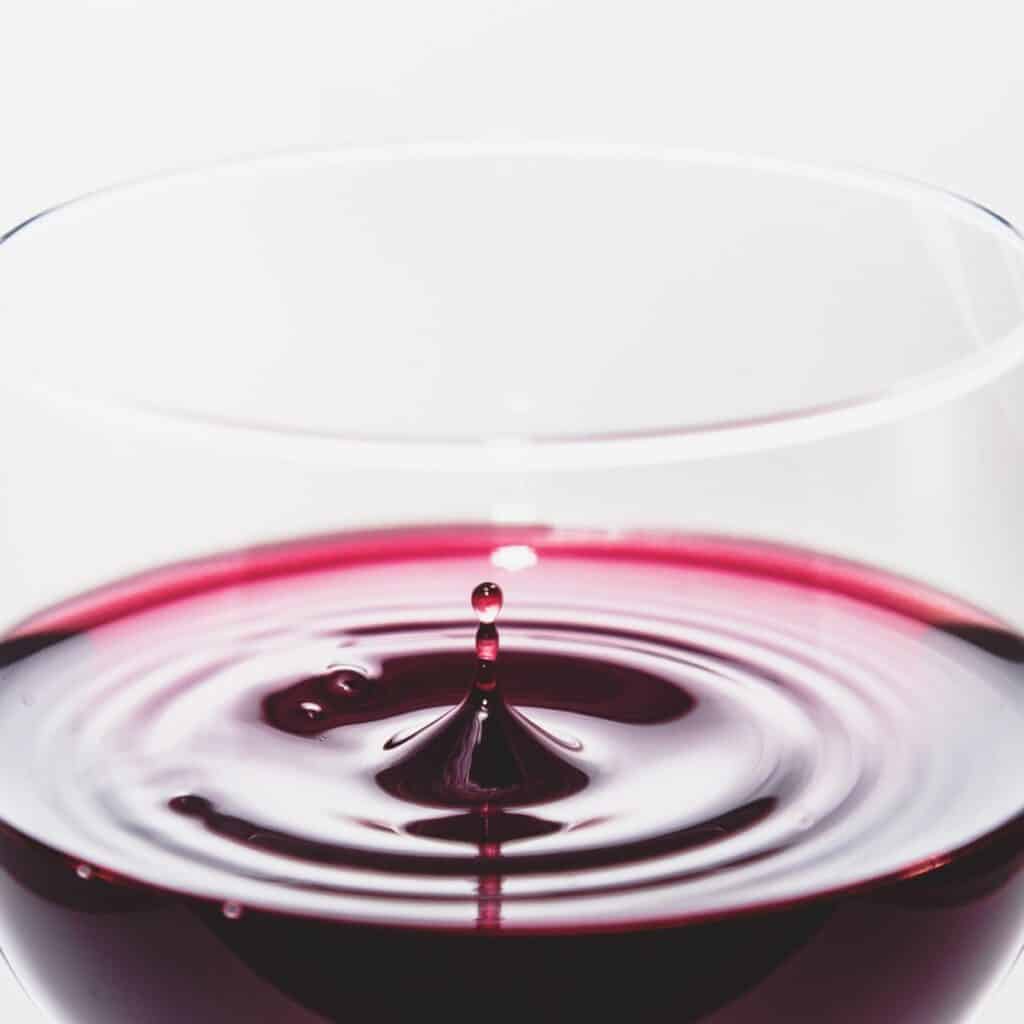
When selecting a red wine for this sauce, remember, if it isn’t good enough to drink, it isn’t good enough to cook with! Look for a wine that’s rich, full-bodied, and not overly sweet. Cabernet Sauvignon or Merlot are excellent choices. These can be found in the wine aisle of most supermarkets or at your local liquor store.
Step By Step Instructions
Begin by melting 2 tablespoons of unsalted butter in a saucepan over medium heat.
Add the 4 minced cloves of garlic and 2 finely chopped shallots to the pan.
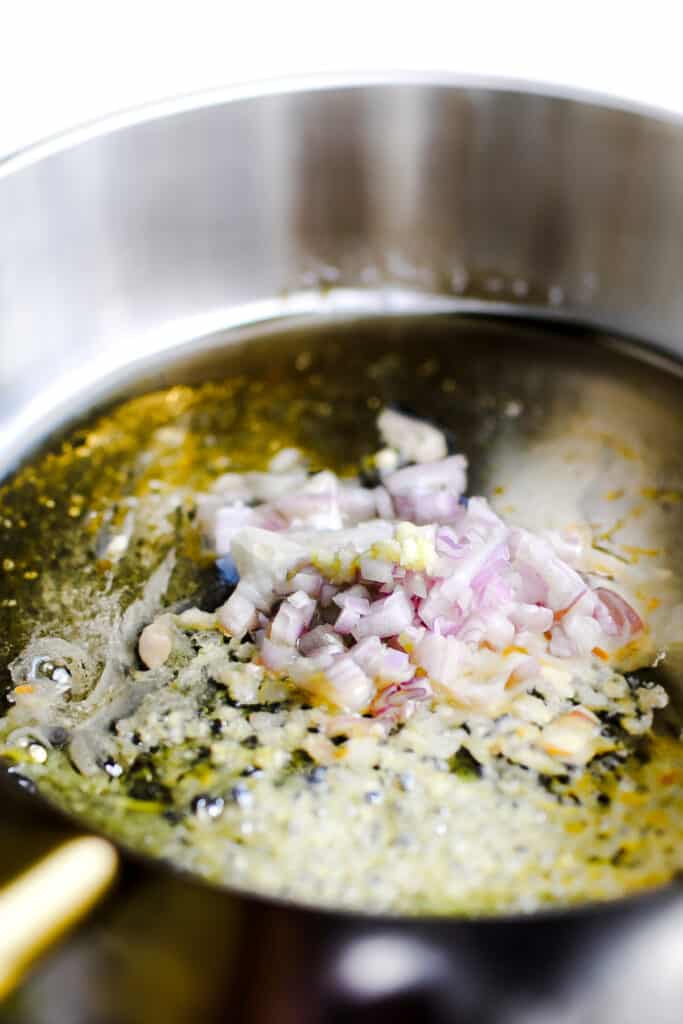
Sauté them until they’re soft and golden. This should take about 5 minutes. Then pour in the 2 cups of red wine.
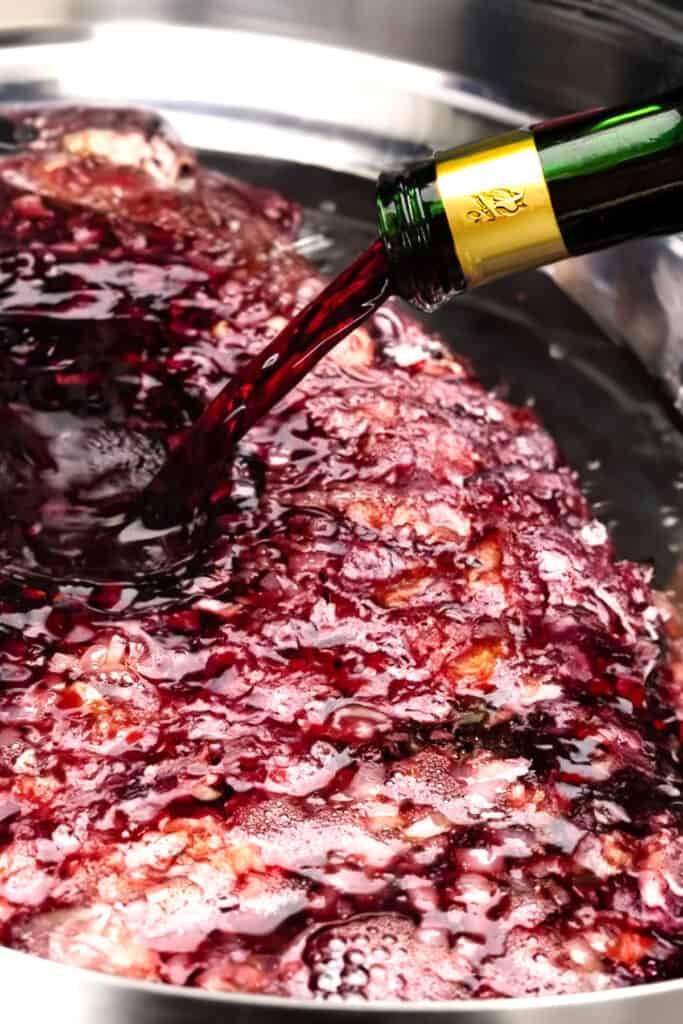
Allow the mixture to simmer and reduce by half. This process should take 30 to 40 minutes and concentrate the flavors.
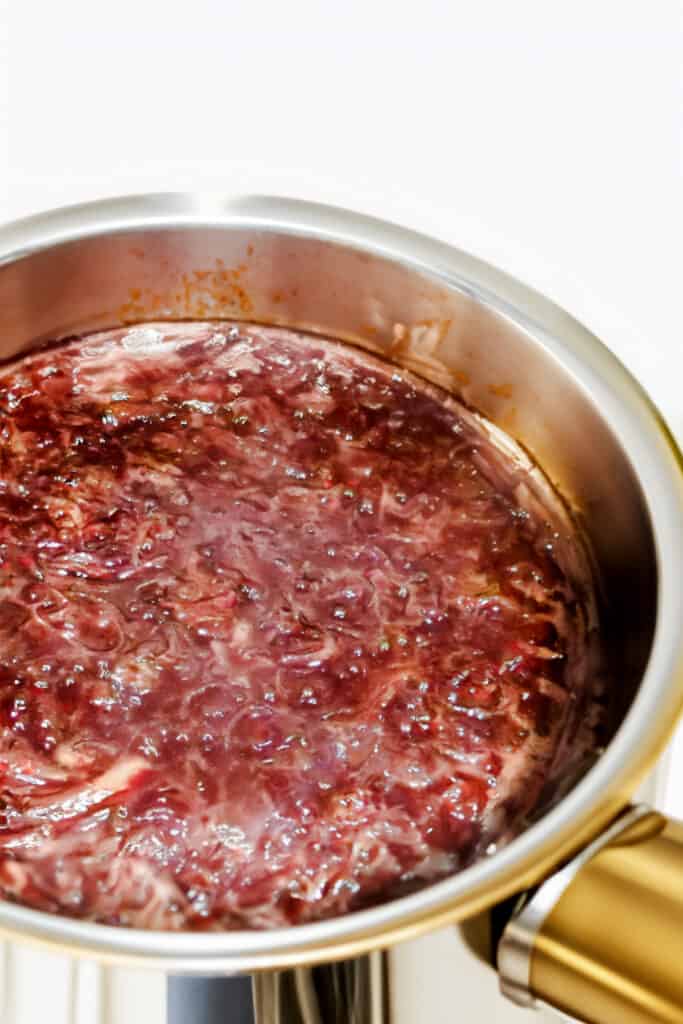
Once reduced, remove the sauce from the heat. Stir in 1 tablespoon of balsamic vinegar and an additional 2 tablespoons of unsalted butter. This will give the sauce a nice glossy finish.
Season with salt and pepper to your liking. For a smoother sauce, strain it through a fine sieve before serving.
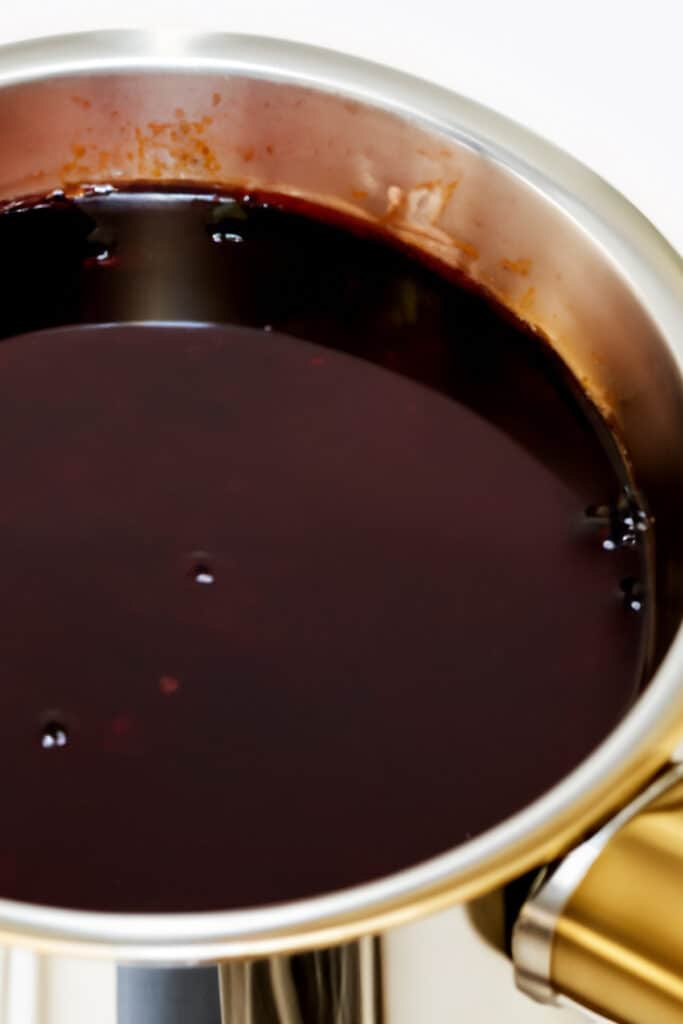
Enjoy the luxurious taste of your homemade red wine sauce!
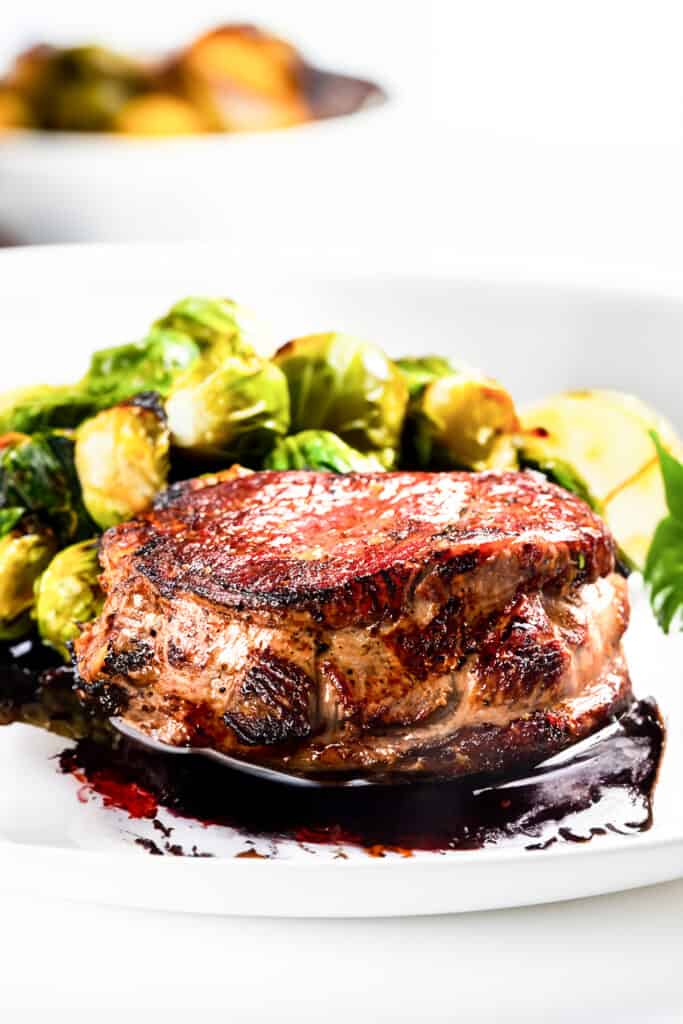
Salt At The End
The flavors get stronger when making a reduction sauce as it cooks down. If you add salt early, the sauce might end up too salty. So, adding salt at the end is best for better flavor control. Remember, if a dish needs more salt, you can always add more, but it’s hard to fix if it is too salty.
Recipe Tips
- Ingredient Selection: Choose fresh, high-quality ingredients. The taste of your sauce will directly reflect the quality of the ingredients you use, particularly the wine.
- Moderate Heat: Cook the garlic and shallots over moderate heat to prevent them from burning. This will ensure they release their flavors without becoming bitter.
- Patience with Simmering: Allow the wine to simmer and reduce sufficiently. This concentrates the flavors and ensures the alcohol is cooked off. Rushing this step could result in a thin, overly alcoholic sauce.
- Season to Taste: Always season to your personal preference. Start with a small amount of salt and pepper, then taste and add more as needed.
- Balsamic Vinegar: Don’t skip the balsamic vinegar. It adds a tangy depth that balances the richness of the wine and butter.
- Straining the Sauce: If you prefer a smoother sauce, strain it before serving. However, if you enjoy the bits of garlic and shallot, feel free to skip this step.
- Keep a Close Eye: Cooking a reduction sauce requires constant attention, especially as it thickens. Stir it occasionally and monitor the heat to prevent it from burning.
- Prepare Ahead: This sauce can be prepared ahead of time and reheated gently before serving. This makes it perfect for entertaining or for a stress-free dinner.
- Experiment: Don’t be afraid to experiment with the recipe. You might find you prefer more garlic, less vinegar, or even a different type of wine. Making it your own is the joy of cooking!
Storage & Freezing Instructions
Store any leftover sauce in an airtight container in the fridge for up to a week. This sauce also freezes well. Just thaw and gently reheat before using.
FAQs
Can I use white wine instead of red?
Yes, but the sauce will have a lighter, less robust flavor.
Did you make this?
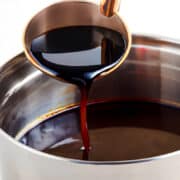
Recipe
Amazing Red Wine Sauce
Ingredients
- 2 cups good quality red wine
- 4 cloves garlic (minced)
- 2 shallots (finely chopped)
- Salt and pepper (to taste)
- 4 tablespoons unsalted butter (separated)
- 1 tablespoon balsamic vinegar
Instructions
- Start by melting the butter in a saucepan over medium heat.
- Add the the garlic and shallots to the pan, sautéing them until soft and golden.
- Pour in the red wine, bringing the mixture to a simmer.
- Lower the heat to medium low and let simmer until it reduces by half, 30 to 40 minutes.
- Remove the sauce from heat and stir in the 1 tablespoon of balsamic vinegar, 2 tablespoons of butter, and season with salt and pepper to taste.
- If desired, strain the sauce through a fine sieve before serving
Tips
- Keep the heat moderate to avoid burning the garlic and shallots.
- Allow the wine to simmer and reduce sufficiently. This concentrates the flavors and cooks off the alcohol.
- Remember, the quality of your ingredients, especially the wine, impacts the final flavor of your sauce.

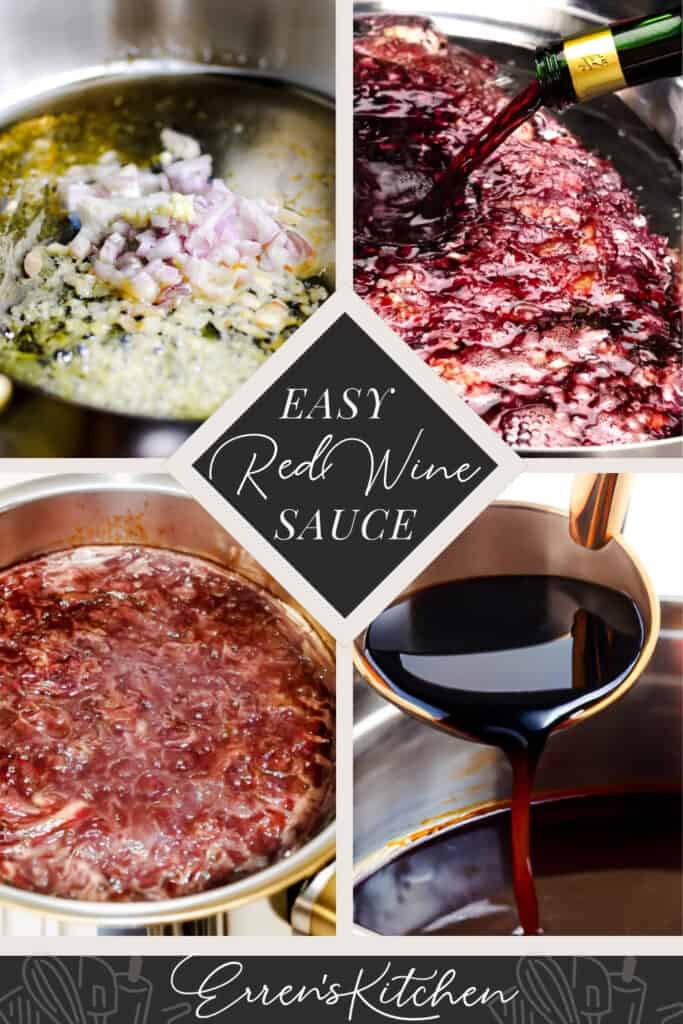

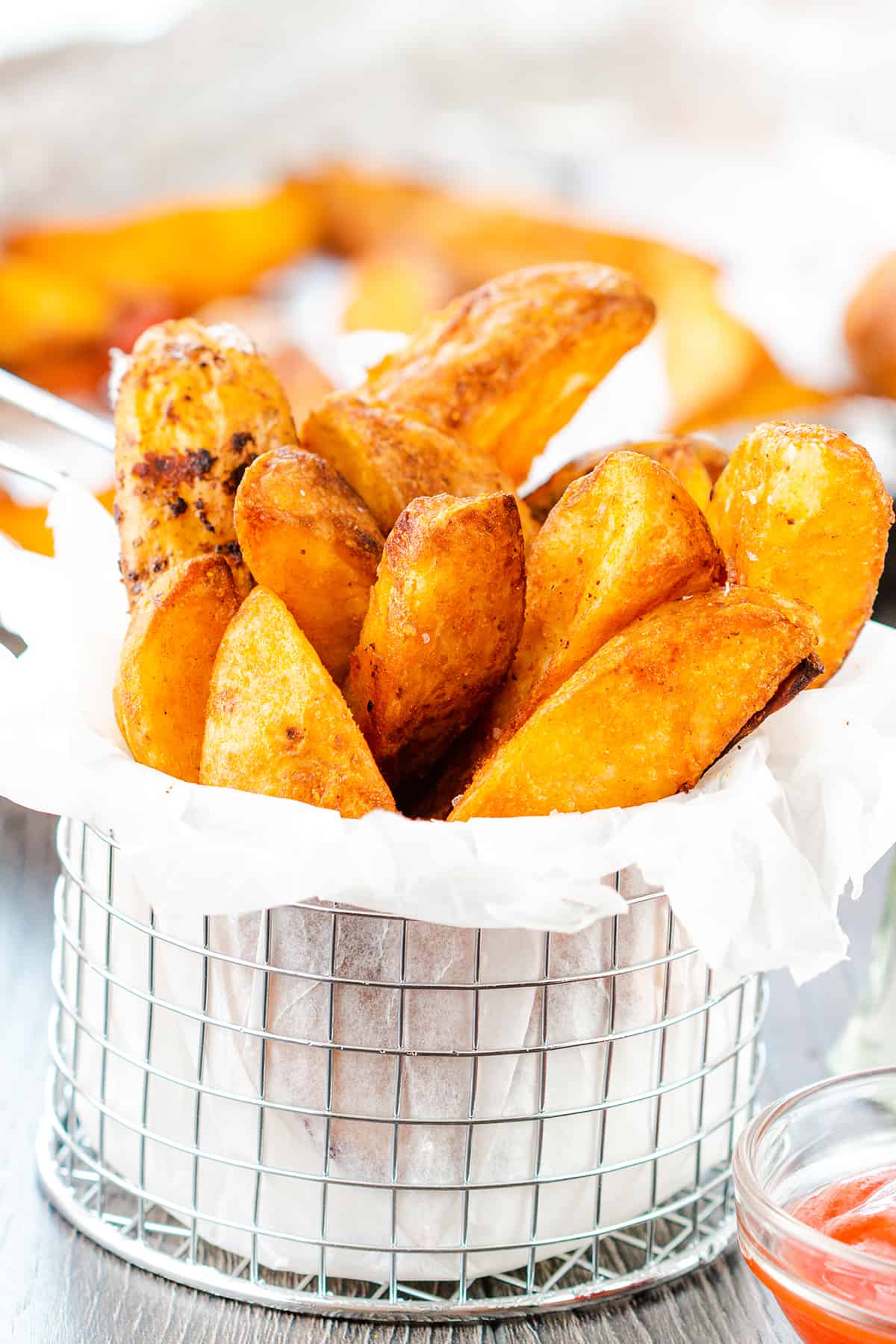
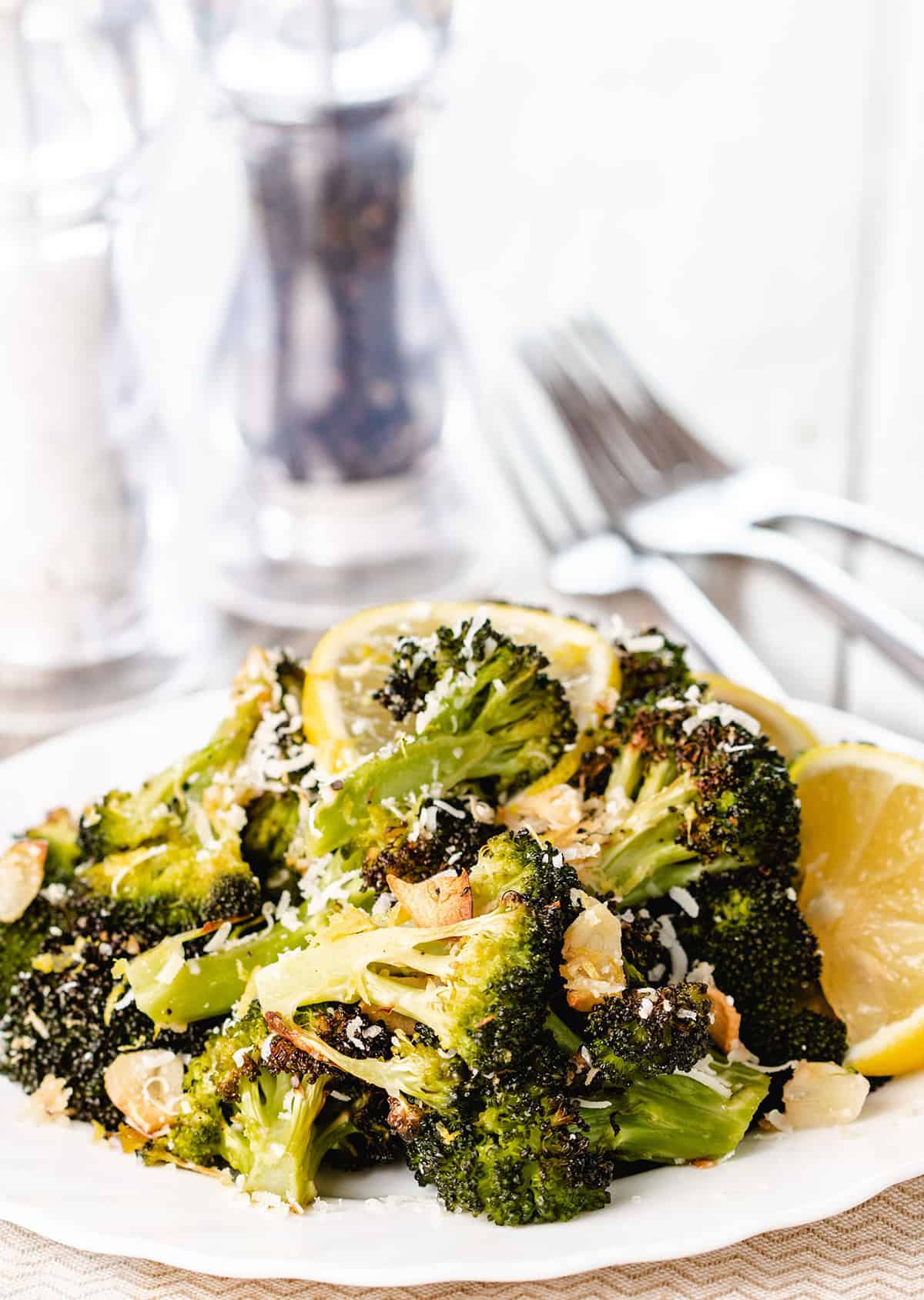
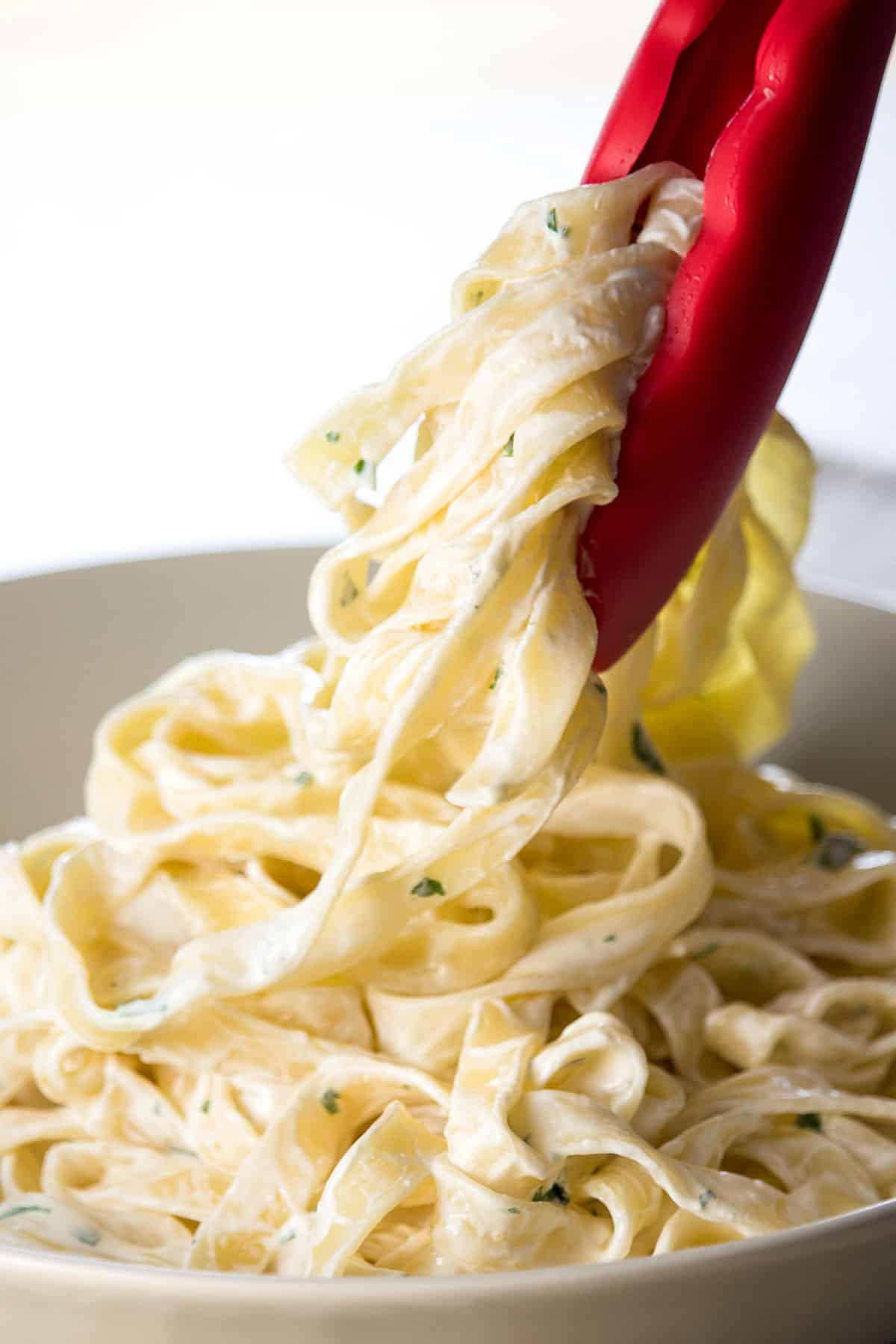
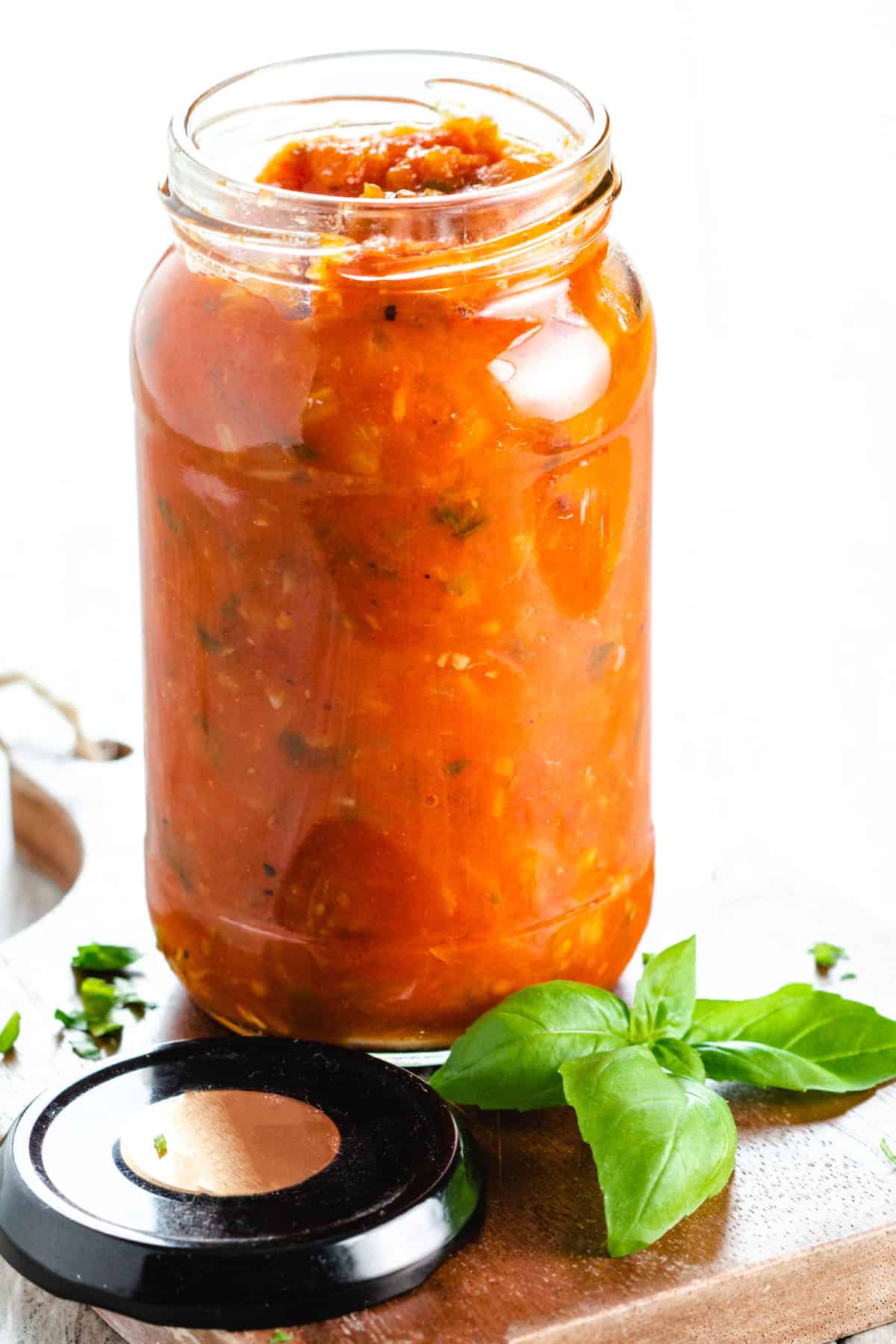
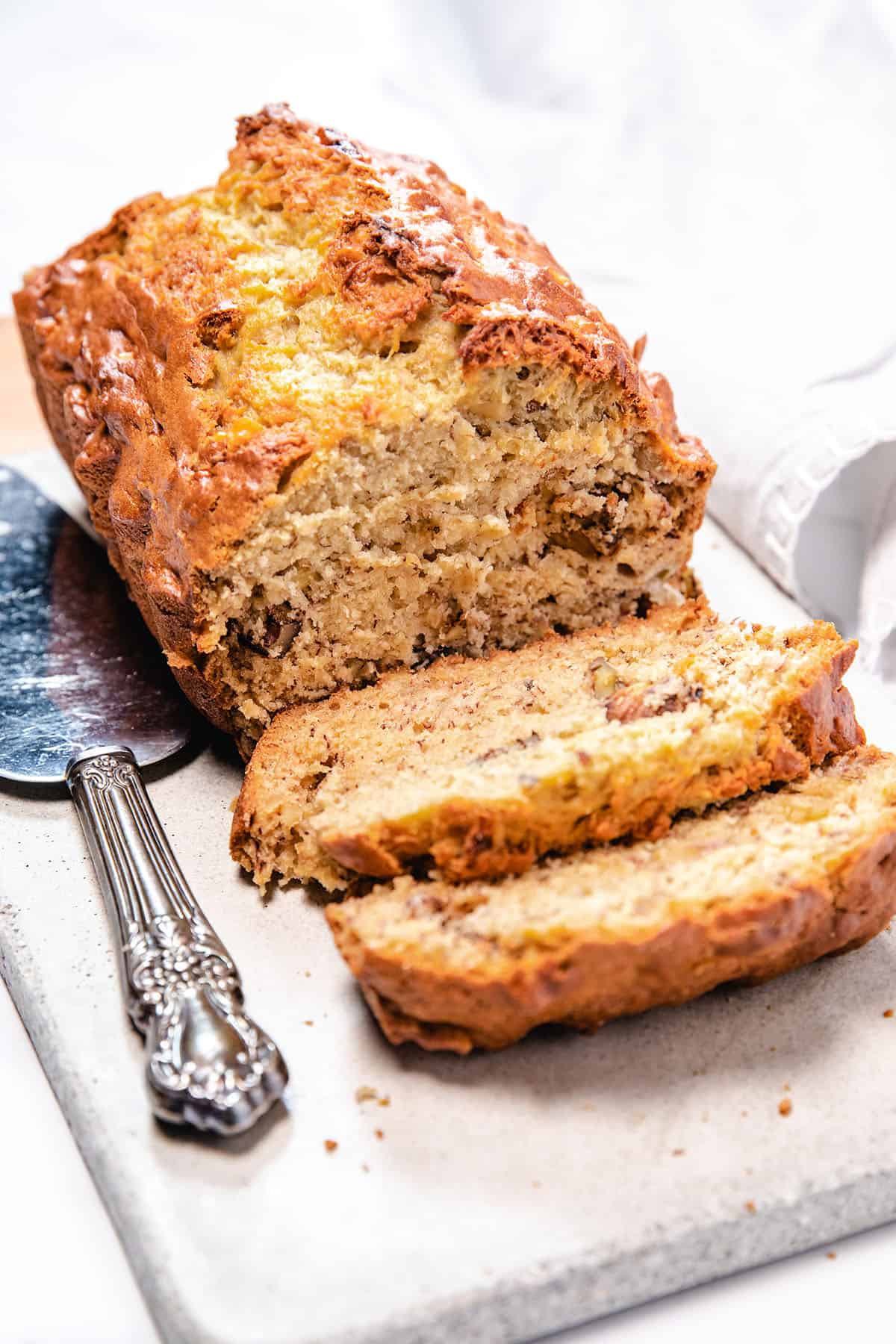
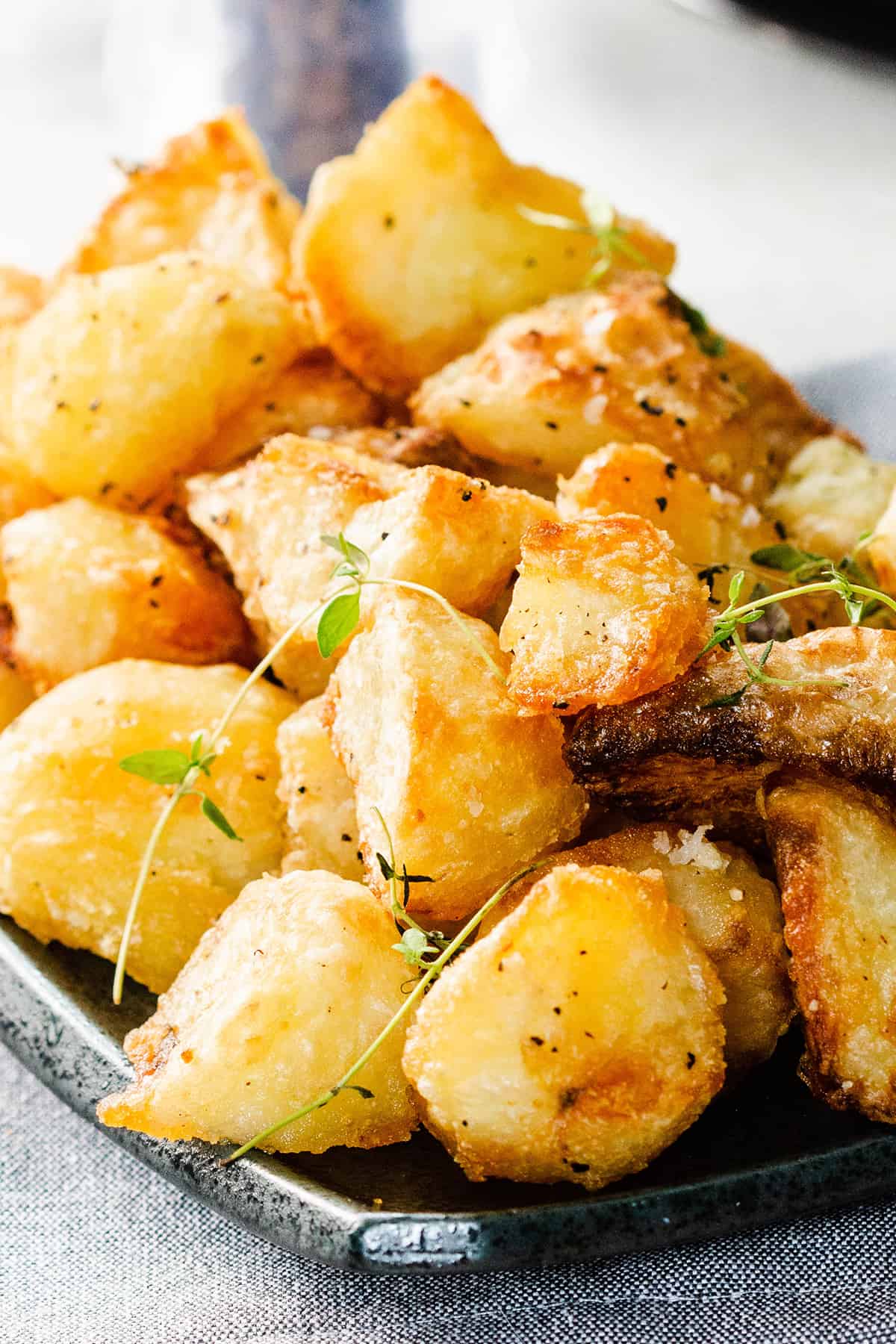

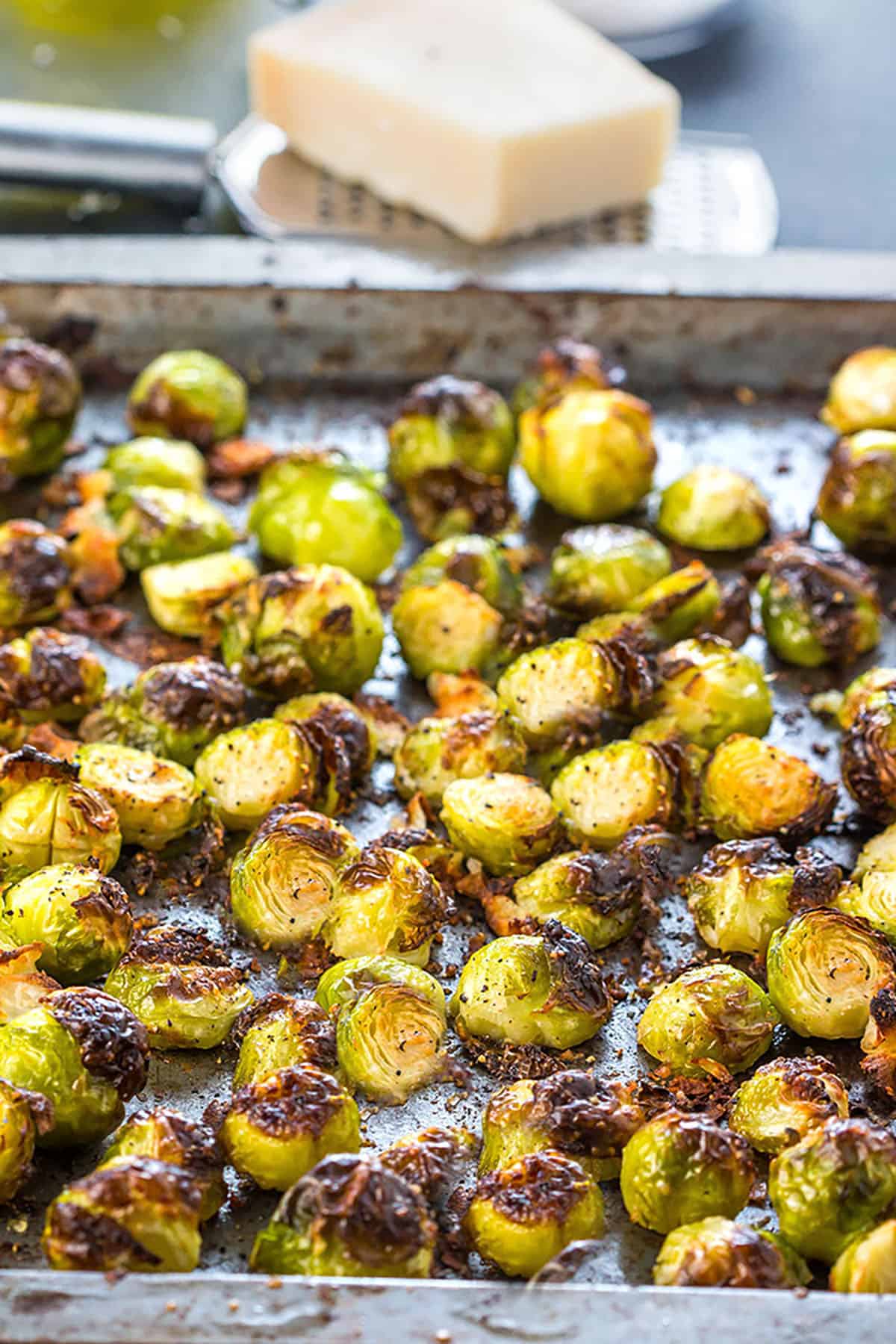
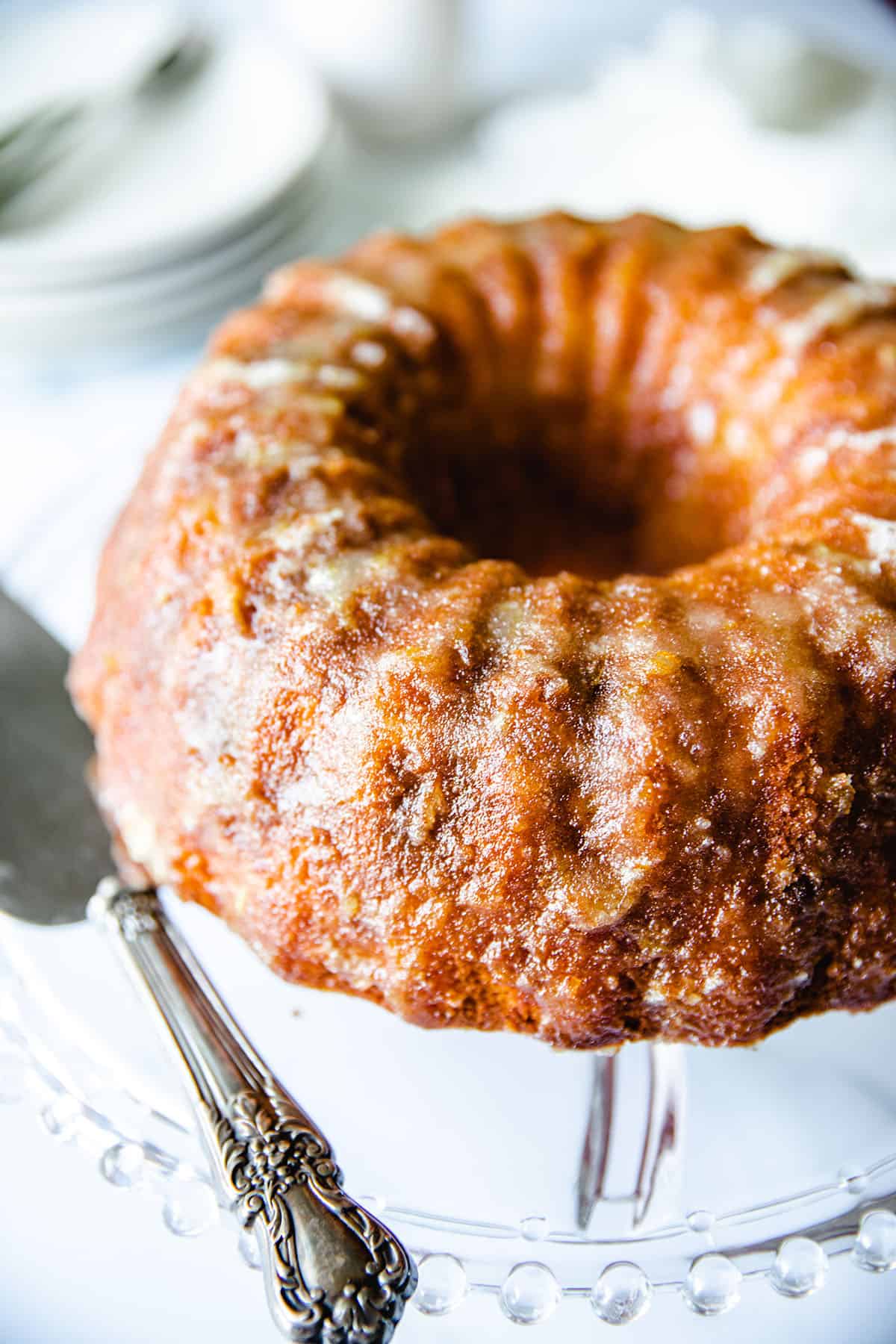
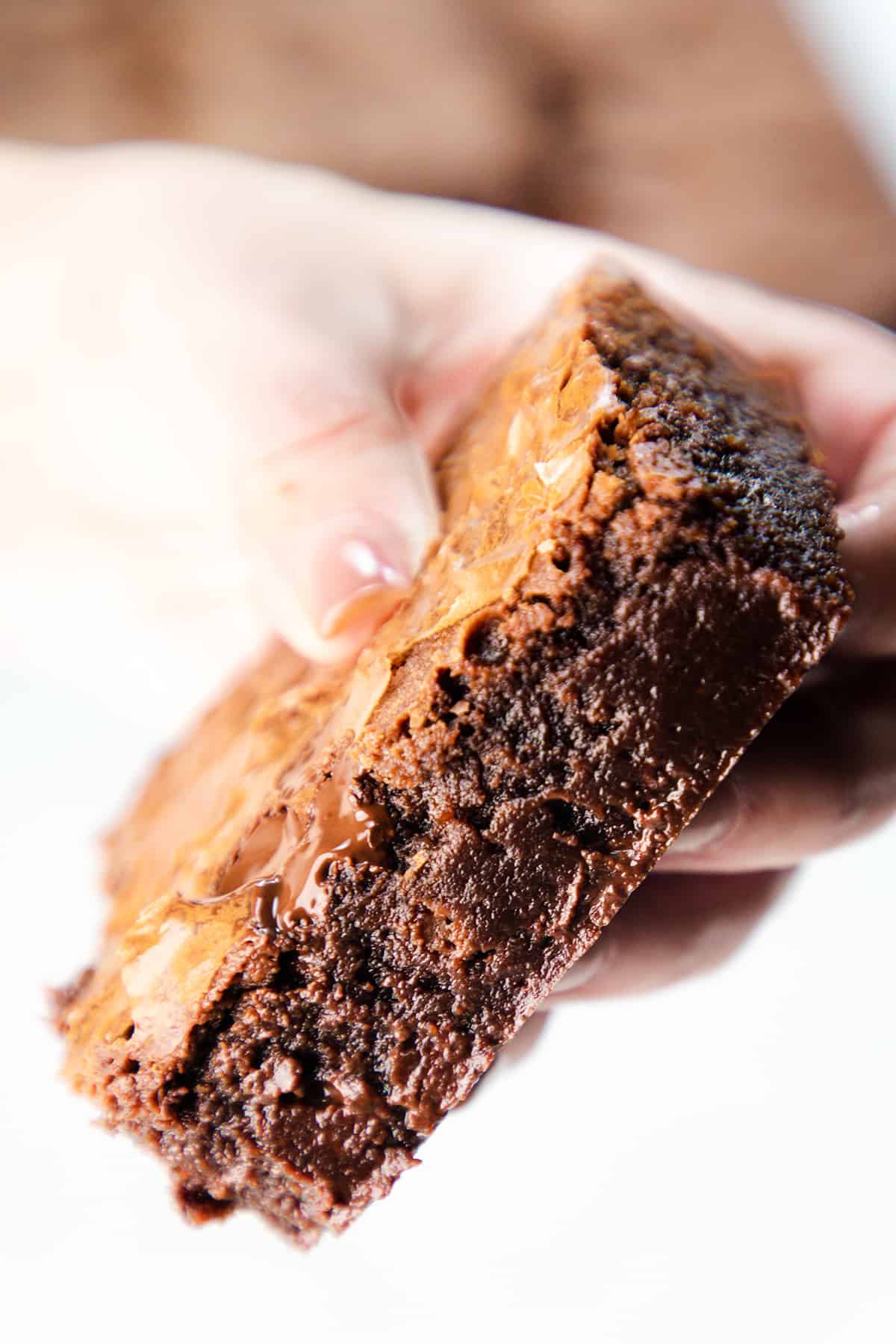
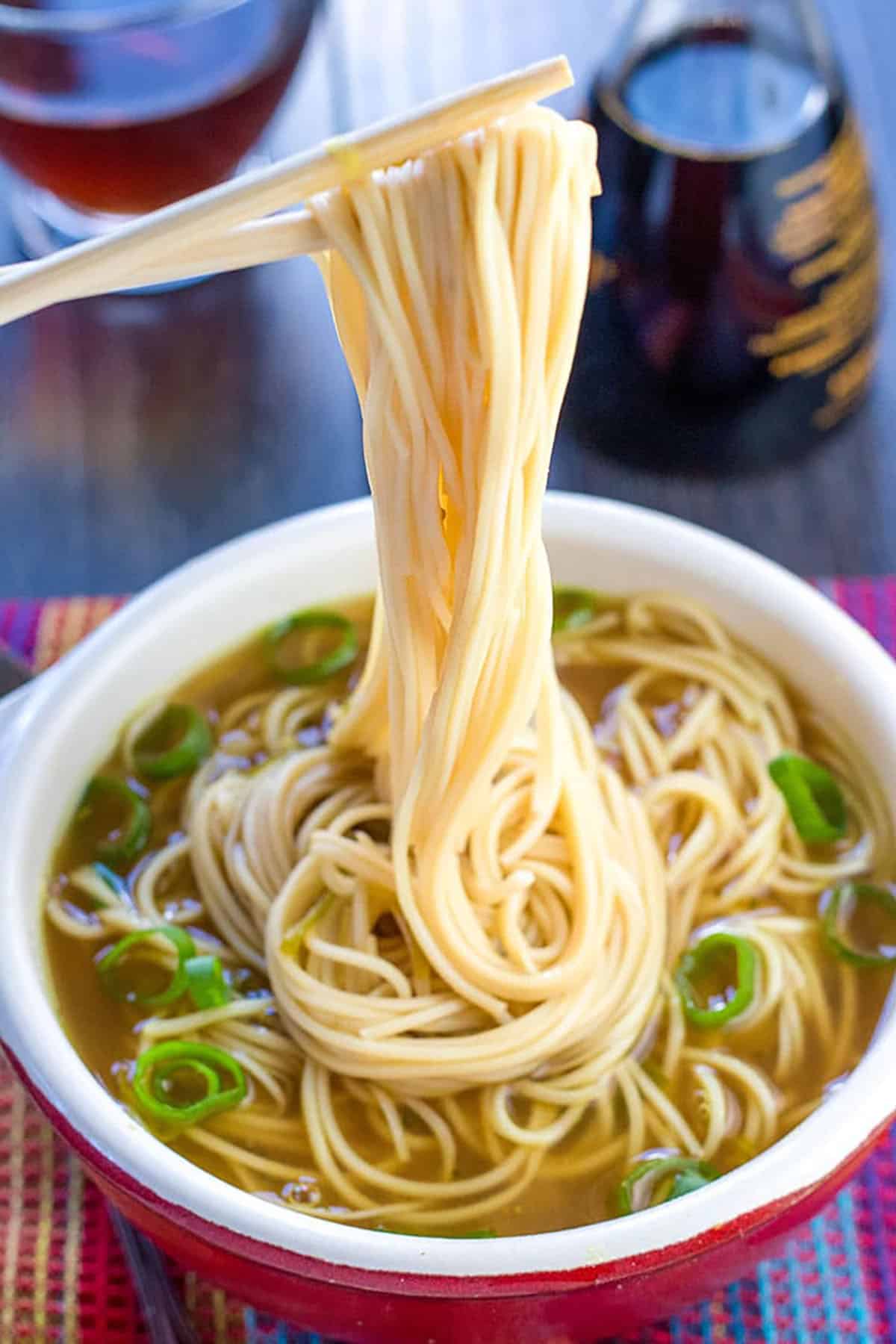
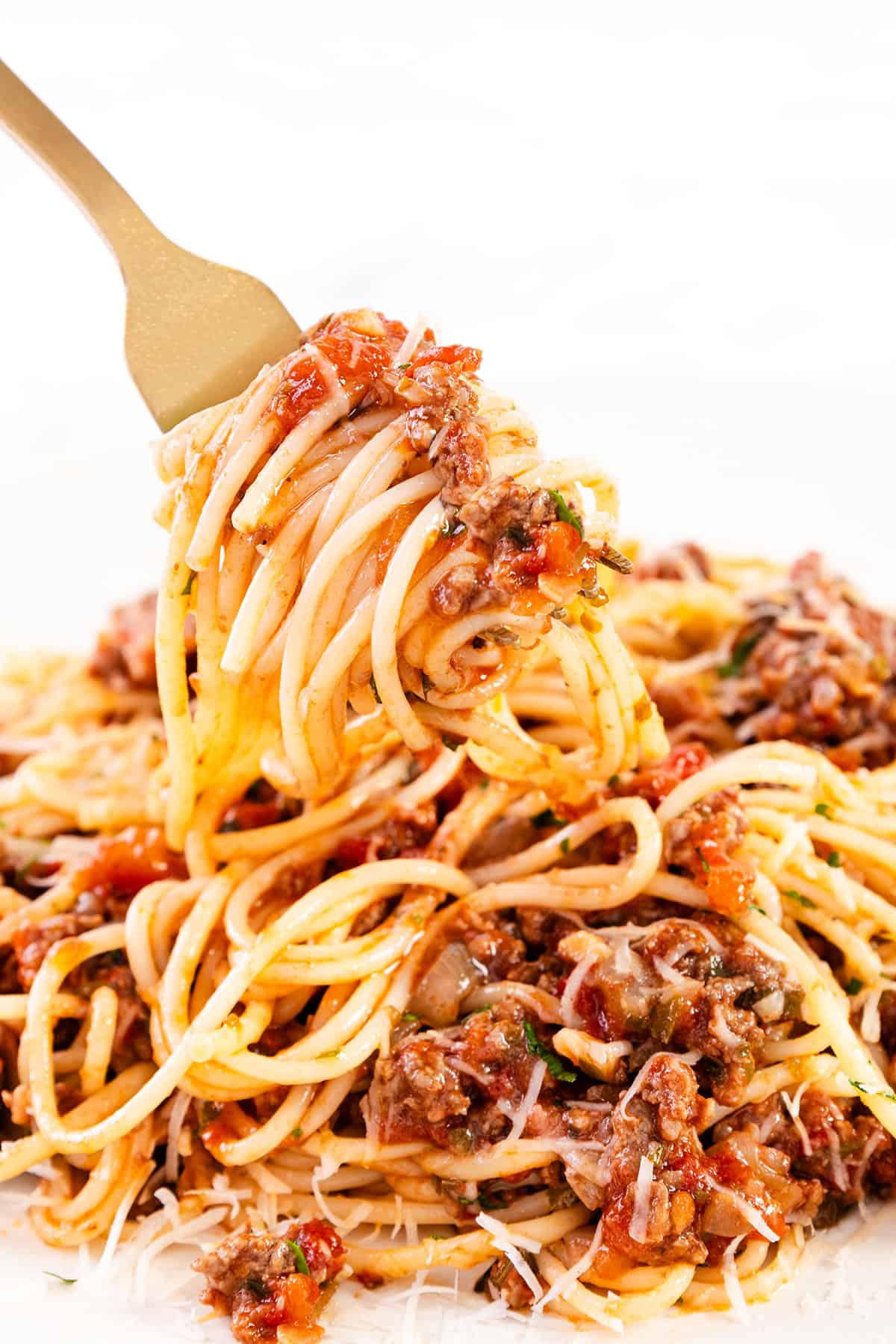
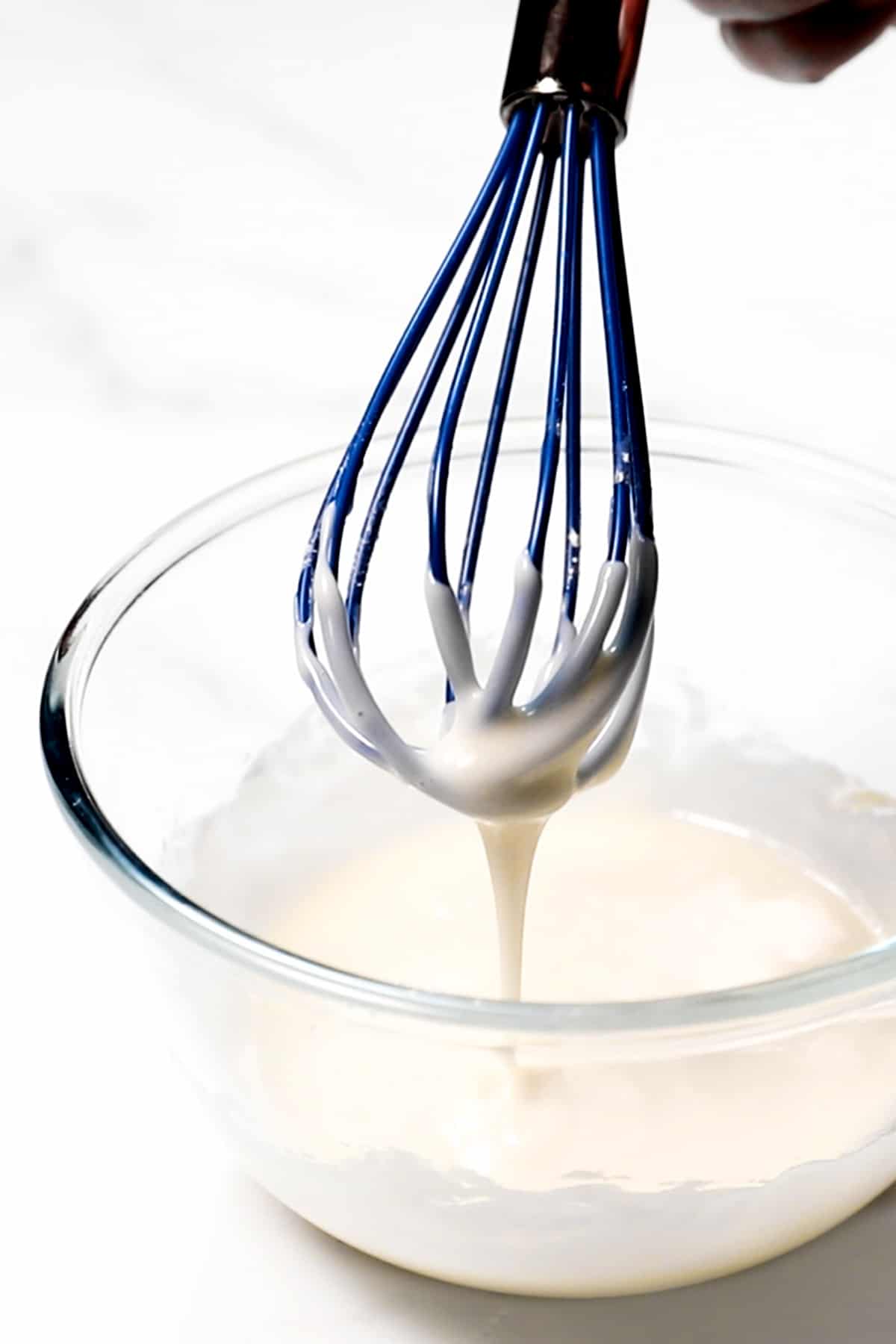

Leave a Reply